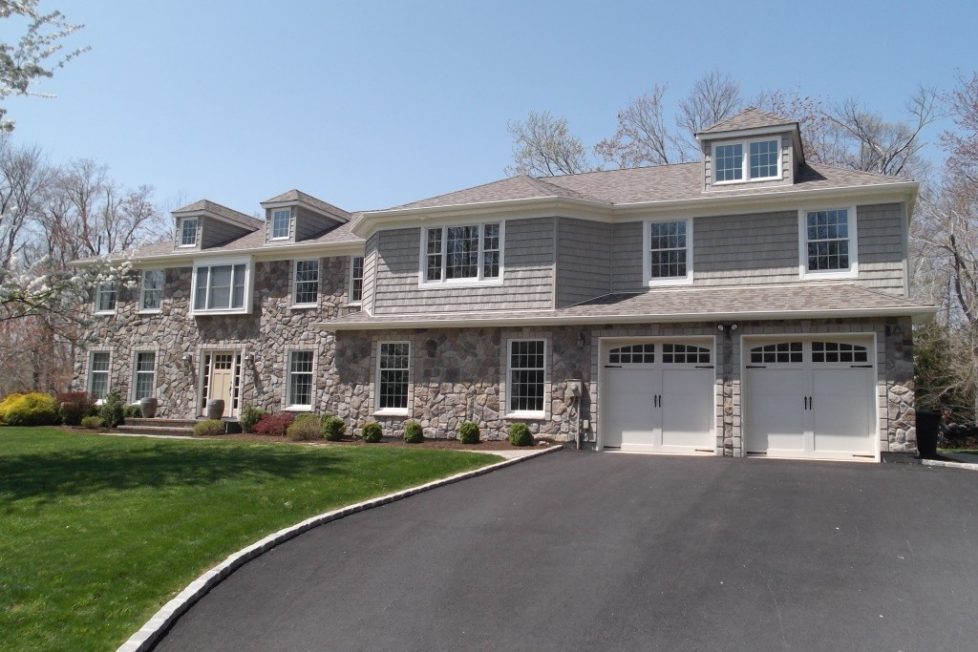Room Additions – Factors To Consider While Building In Or Out

The two main ways of adding space in a house is either building out (horizontally) or building up (vertically). Another option is to buy a large house and sell the current one, but this is an expensive endeavor.
Large house costs more as well as there are expenses like property transfer taxes, moving costs, utility cancellation charges and new connection fees. According to room additions San Diego reviews, majority of homeowners prefer to add a room on the ground level or build second floor addition.
Room addition horizontally or vertically will depend on the kind of extra room you need and the space you have. If you have land, then building sideways rather than a second floor will be more cost-effective. On the other hand, if there is a small lot, then the only solution is to add a top storey.
Factors to consider while building up
Factors to consider while building out
To conclude, adding a top storey has its benefits. There is no need to expand the home, and the footprint as well as the finished living space gets doubled effectively. However, top storey addition venture is more costly, riskier, and disruptive in comparison to a room addition on the ground floor. Therefore, before selecting top floor addition, plan a budget and checklist.
